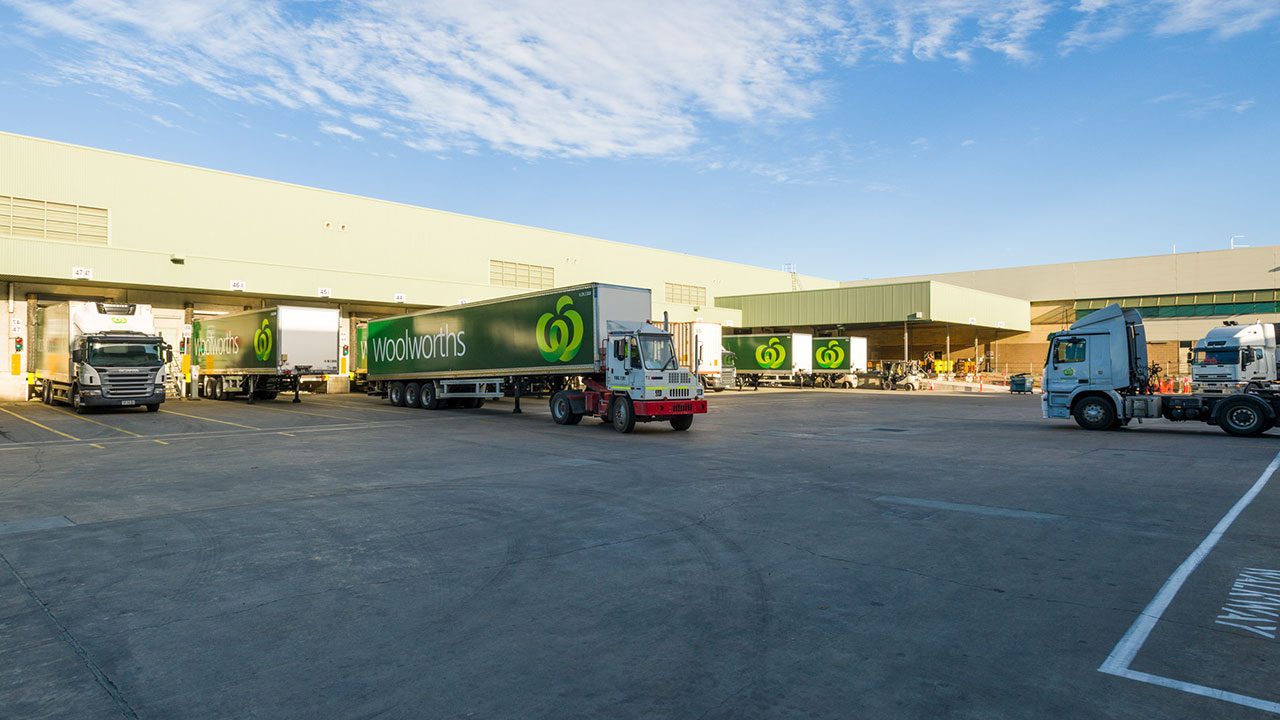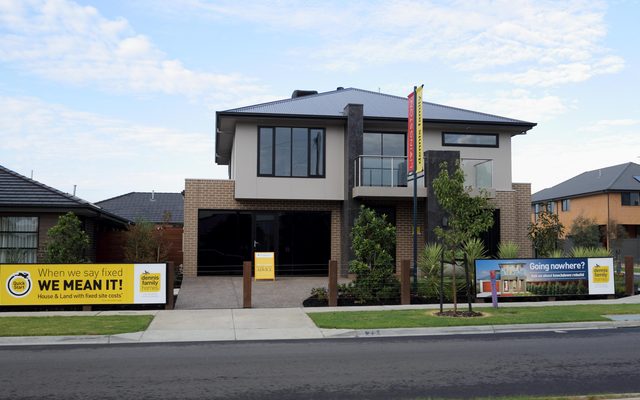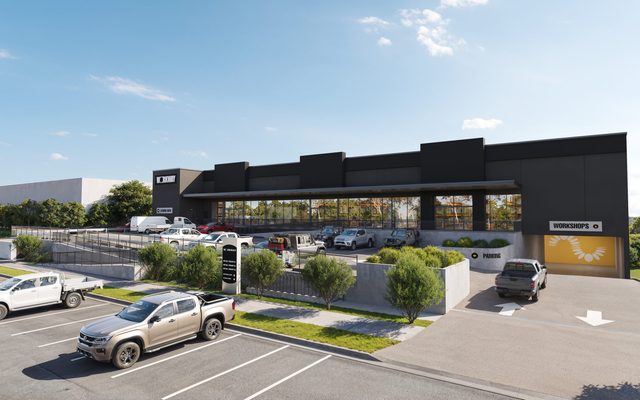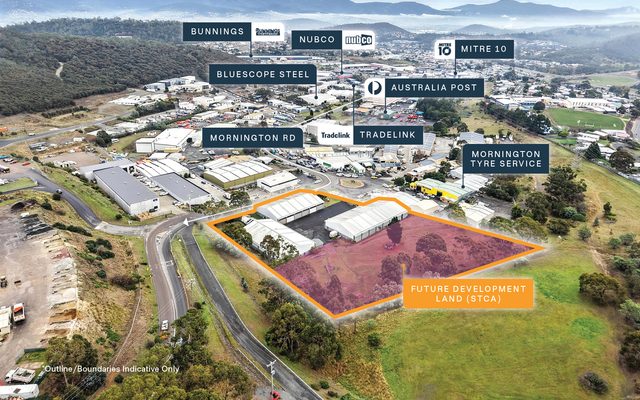This article is from the Australian Property Journal archive
INDUSTRIAL tenant activity has remained elevated as Victoria re-open, with 547,000 sqm of leasing activity recorded during the March quarter – exceeding the previous highest total for gross take-up for a second consecutive quarter.
According to analysis by JLL, take-up was concentrated in the transport, postal and warehousing, manufacturing, and retail trade and wholesale trade sectors. They accounted for a combined 78% of gross take-up for the quarter.
This trend is expected to continue in the Melbourne market, as third party logistics providers and courier services continue to scale up in line with expanding e-commerce adoption, its Market Research Update for the quarter said.
Delivery of new stock was close to the average, with four projects totalling 125,600 sqm reaching practical completion during the first three months of the year. This was 6% higher than the 10-year quarterly average, but down 18% year on year.
The delivered stock was entirely demand driven. The entirety of with 100% of floorspace completed in 1Q21 was pre-committed at completion – the first time that no speculative stock was delivered to the Melbourne market since the June quarter of 2019.
This year is expected to be another above-average year for completions, with 696,600 sqm of stock due over the balance of the year – just over two-thirds of which is already pre-committed.
Melbourne accounted for 45% of national industrial gross take-up over 2020. During the March quarter, the west precinct accounted for the highest proportion of take-up in the March quarter, at 56%, followed by the north (22%) and south east (22%).
Prime face rents in both the north and south east lifted by 0.9% in the quarter. In the west, face rents have remained stable over the last 12 months, but the declining availability has resulted in some rental growth on an effective basis, with incentives falling by five percentage points to the lowest rate since early 2013.
The market average prime incentive in Melbourne is currently 22%, and remain elevated in comparison to other Brisbane’s 18% and Sydney’s 14%.
Sales transaction volumes remain elevated in line with the demand for warehousing and logistics. Nearly $482 million of transactions was recorded in Melbourne during the March quarter, 43% higher than the 10-year quarterly average, and the fourth consecutive quarter that sales totals have exceeded this average.
Activity was bolstered by several major fund-through sales, combined with some mid-sized portfolio acquisitions.
Ongoing investor and occupier appetite for assets is supporting pricing. The average prime yield midpoint compressed by an average of 25 bps in 1Q21 – to a new record low of 4.31%.




